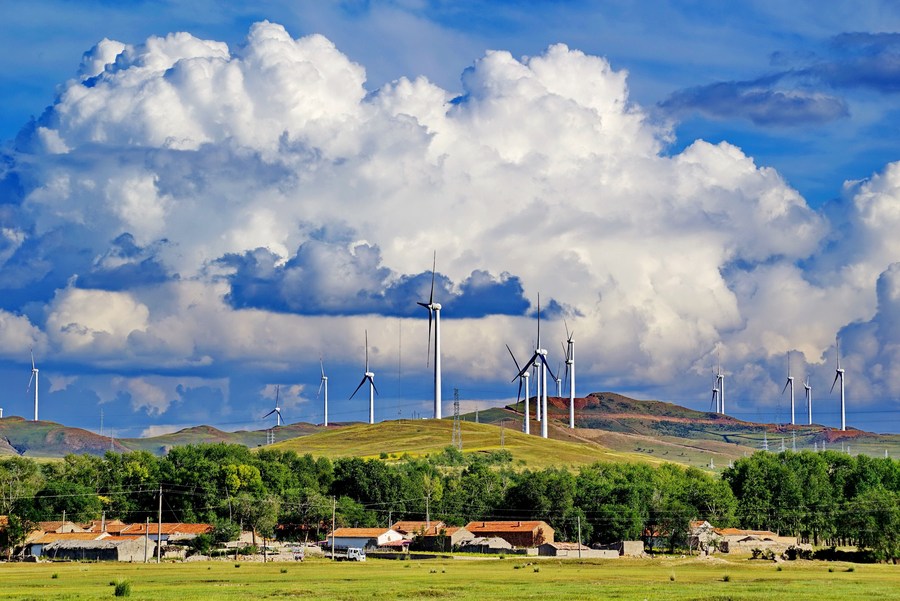IEA forecasts nation to lead in renewable energy with global output set to double by 2030

Global renewable power capacity is on track to double by 2030, the International Energy Agency (IEA) said on Oct 7, with nearly 60 percent of the growth projected to come from China, whose record-setting expansion in clean technologies contrasts with slowing progress in the United States and other major economies.
The Renewables 2025 report, the IEA’s latest forecast, predicts a 4,600 gigawatt increase in global renewable power capacity by 2030, equivalent to the combined power generation of China, the European Union, and Japan.
“The growth in global renewable capacity in the coming years will be dominated by solar PV (photovoltaics), but with wind, hydropower, bioenergy, and geothermal all contributing, too,” said IEA Executive Director Fatih Birol.
Solar PV is on course to account for some 80 percent of the increase in the world’s renewable capacity over the next five years, Birol said, according to an IEA news release.
The IEA report noted that China’s policy change — a shift from long-term fixed tariffs to auctions — led to an unprecedented boom in solar PV and wind power in the first half of 2025. However, the pace of expansion in the second half remains uncertain.
The goal of China’s new policy is to achieve market-driven growth for renewables and facilitate their integration to the grid, the report said.
Largely driven by the solar PV and wind power boom, China’s renewable capacity additions are forecast to reach nearly 465 GW in 2025, the highest ever for any country, with an accelerated case projecting up to 509 GW if market and policy conditions align, according to the report.
Compared with last year, the forecast for the US was revised down by almost 50 percent, reflecting several policy changes, including the early phasing out of federal tax incentives, new import restrictions, the suspension of new offshore wind leasing, and restrictions on the permitting of onshore wind and solar PV projects on federal land.
In the European Union, annual capacity additions are expected to decline by 1 percent in 2025 compared to 2024.
Overall, the outlook for global renewable capacity growth for 2025-30 was revised downward slightly — by 5 percent — compared with last year, mainly due to policy changes in the world’s two largest economies, the IEA said in the report.
“Nonetheless, China continues to account for nearly 60 percent of global renewable capacity growth and is on track to reach its recently announced 2035 wind and solar targets five years ahead of schedule, extending its track record of early delivery,” said the report.
In emerging economies across Asia, the Middle East, and Africa, cost competitiveness and stronger policy support are spurring the faster growth of renewables, with many governments introducing new auction programs and raising their targets, according to the report.
A new report released by global energy policy think tank Ember on Oct 6 highlighted the value of China’s clean technology exports, and aligned with the IEA’s observations of emerging economies.
China’s clean technology exports hit a record high of $20 billion in August, driven by strong growth in electric vehicles and batteries, with half of the exports coming from emerging markets, according to Ember data.
“Demand for clean technologies continues to skyrocket as more and more countries seek their benefits, from low-cost power to cheaper vehicles,” said Euan Graham, an electricity and data analyst at Ember.
“China’s electrotech is becoming the basis of the new energy system, with continued cost reductions driving faster growth than ever, especially in emerging economies,” Graham said.
Contact the writers at huanxinzhao@chinadailyusa.com


